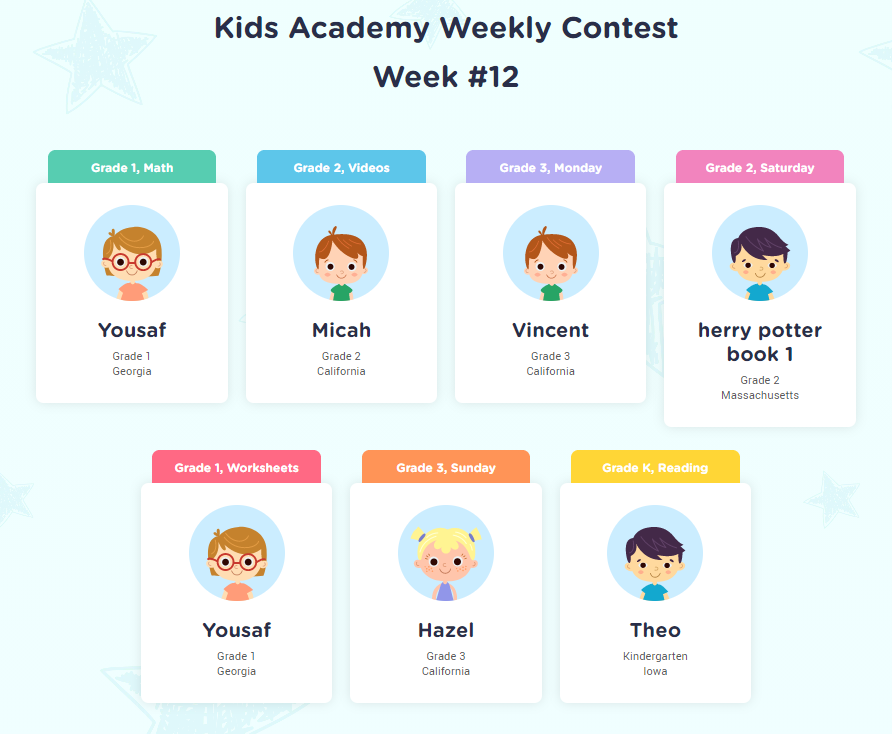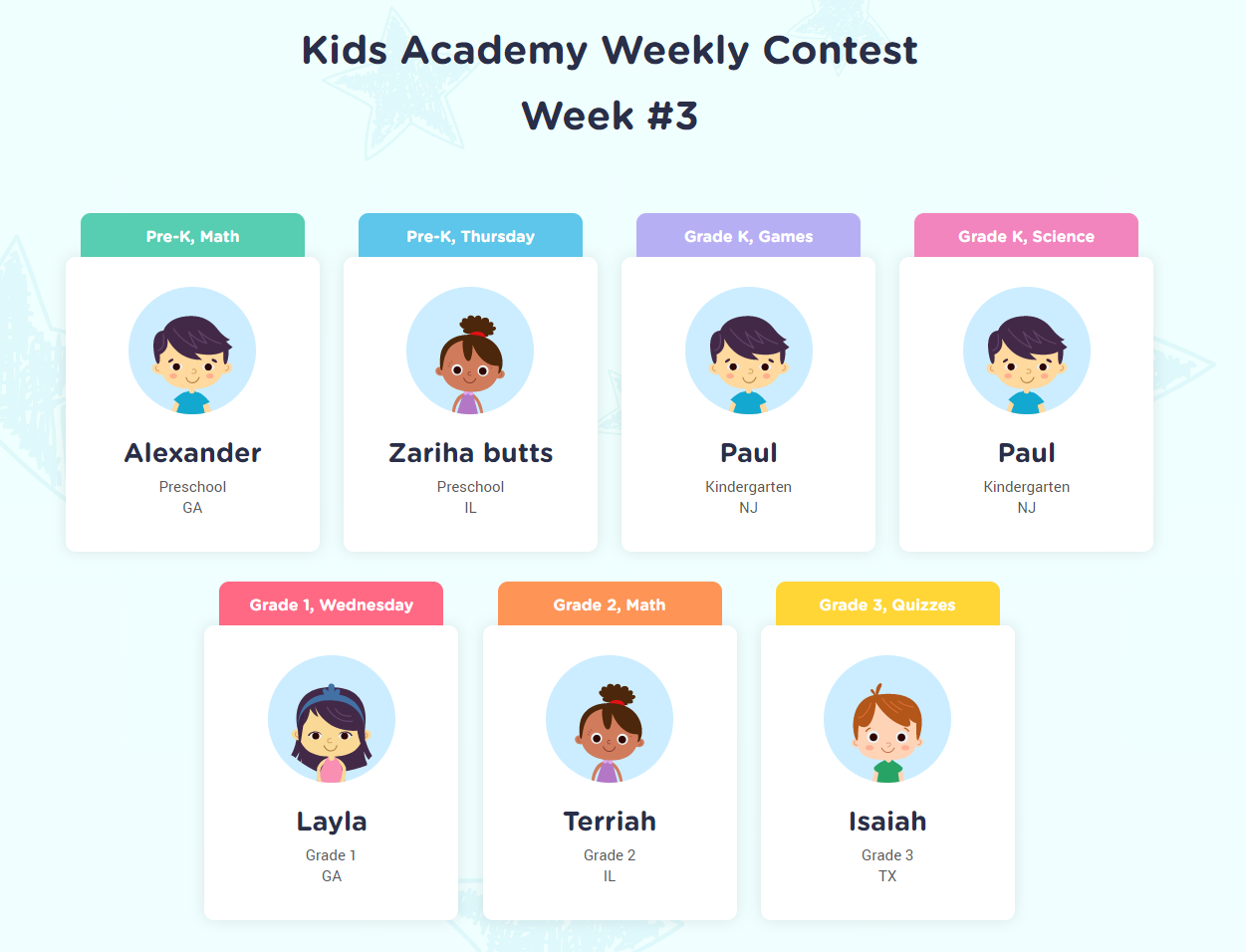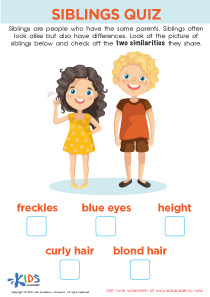Categorizing objects Science Worksheets for Ages 6-8
4 filtered results
-
From - To
Explore our engaging "Categorizing Objects Science Worksheets" designed for children aged 6-8 to enhance their critical thinking and organizational skills! These interactive worksheets prompt students to sort and categorize objects based on various characteristics, fostering their understanding of the natural world. With vibrant illustrations and age-appropriate activities, children will learn to group items by color, size, shape, and function. Perfect for classroom use or at-home learning, these worksheets encourage hands-on exploration and promote curiosity in science. Watch your young learners develop essential skills while having fun! Download now and make learning about categorization an enjoyable adventure for your little ones!
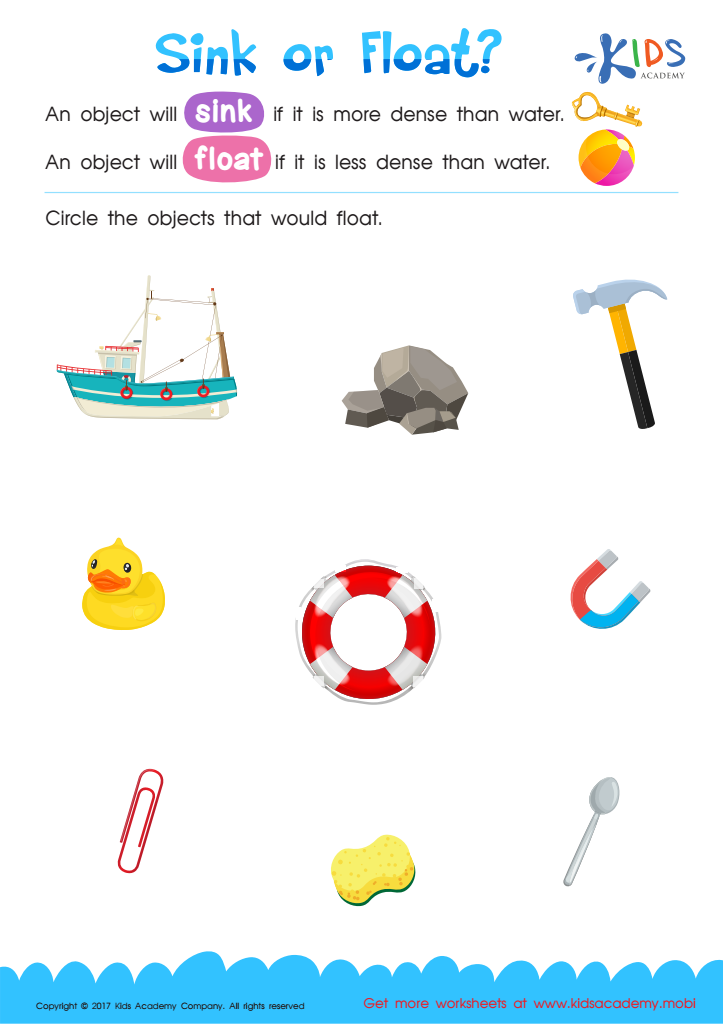

Sink or Float Printable
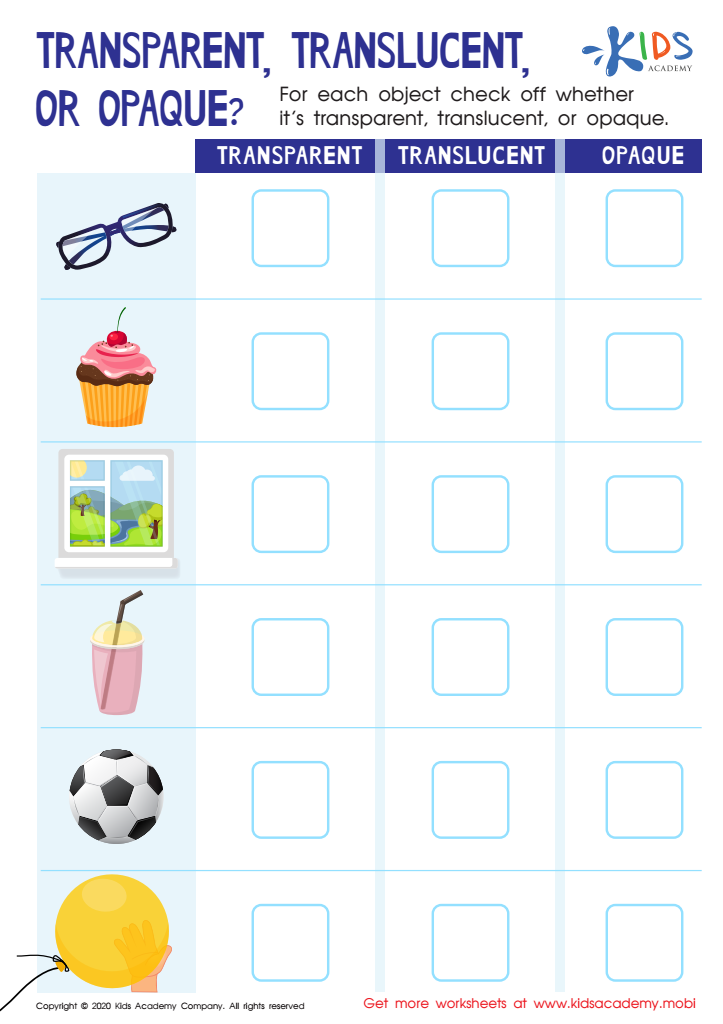

Transparent, Translucent, or Opaque Worksheet
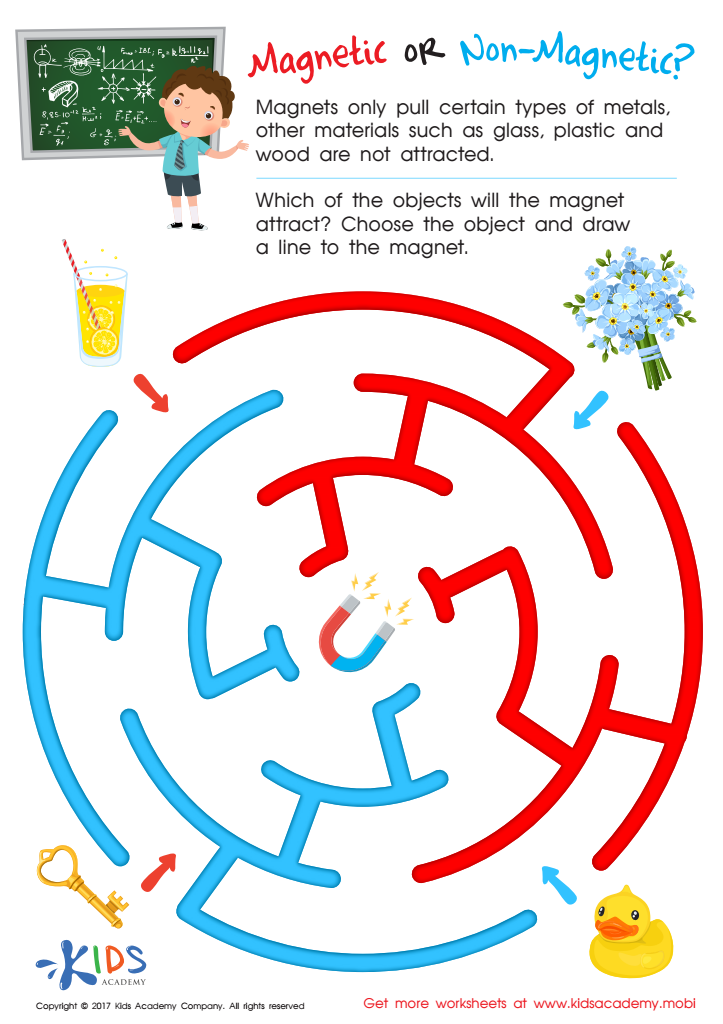

Magnetic or Non–Magnetic Worksheet
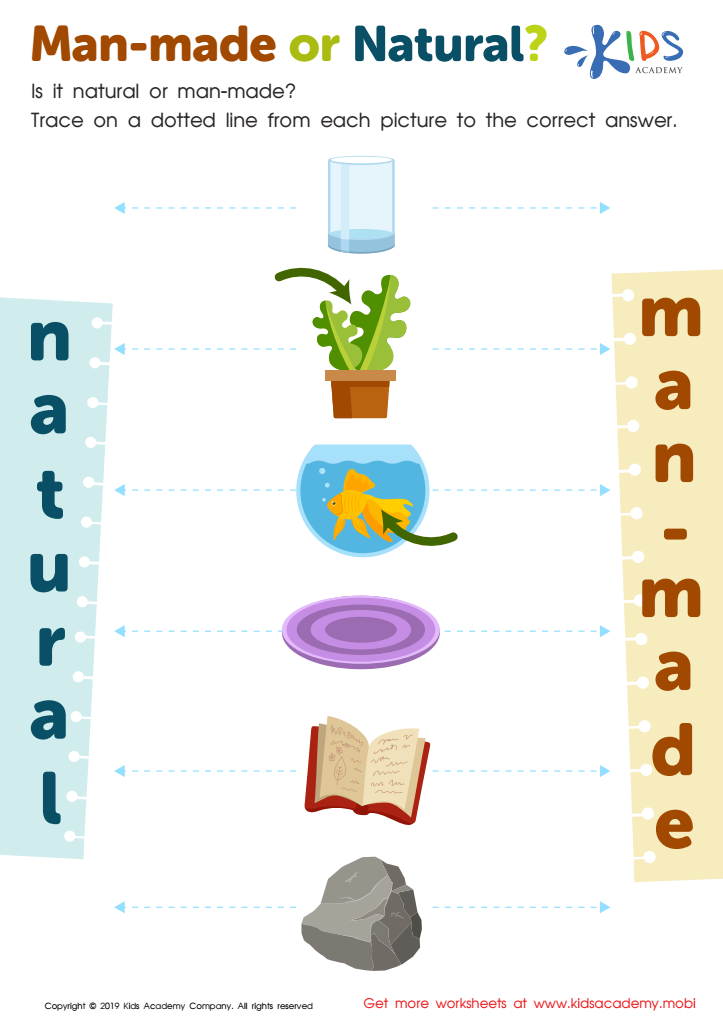

Man-Made or Natural? Worksheet
Categorizing objects is a vital skill for children ages 6-8 as it fosters their understanding of the world around them. At this developmental stage, children are naturally curious and eager to make sense of their environment. By learning to categorize objects, they develop critical thinking and observational skills, enabling them to identify similarities and differences among various items. This foundational skill supports scientific reasoning, as children learn to group objects by attributes, such as shape, size, color, or function.
Moreover, categorization enhances children’s language development. As they describe their categories, they enrich their vocabulary and improve their communication skills. These discussions can stimulate social interactions, further developing their interpersonal skills.
For teachers and parents, emphasizing the importance of categorization aids in nurturing a child’s logic and cognitive abilities. It prepares them for more complex scientific principles in future grades, building a strong foundation for STEM education. Engaging children in this type of exploration also makes learning fun and interactive, heightening their enthusiasm and motivation for science. Ultimately, supporting this skill helps children become more organized thinkers, laying the groundwork for problem-solving and critical analysis in their academic journey and everyday lives.
 Assign to My Students
Assign to My Students


